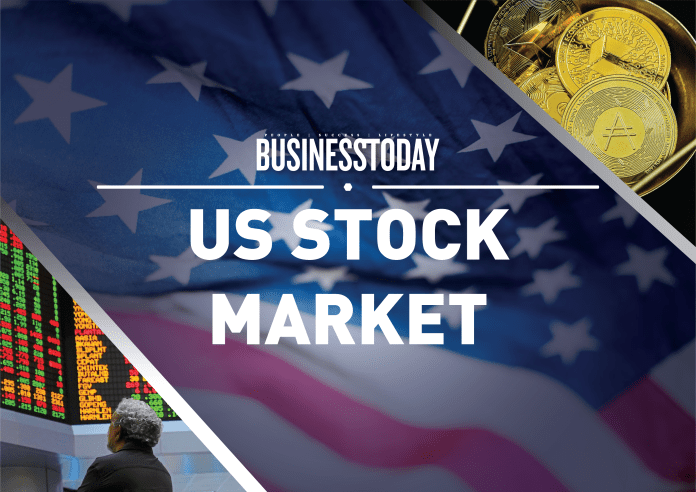This nosedive may have certain effects on Bursa Malaysia’s performance today, but to what level?
A broad sell-off sent U.S. stocks reeling on Tuesday after a hotter-than-expected inflation report dashed hopes that the Federal Reserve could relent and scale back its policy tightening in the coming months.
All three major U.S. stock indexes veered sharply lower, snapping four-day winning streaks and notching their biggest one-day percentage drops since June 2020 during the throes of the COVID-19 pandemic.
Surging risk-off sentiment pulled every major sector deep into negative territory, with interest-rate-sensitive tech and tech-adjacent market leaders, led by Apple Inc (AAPL.O), Microsoft Corp (MSFT.O) and Amazon.com Inc (AMZN.O) weighing heaviest.
“(The sell-off) is not a surprise given the rally running up to the data,” Reuters quoted Paul Nolte, portfolio manager at Kingsview Asset Management in Chicago as saying.
The Labour Department’s consumer price index (CPI) came in above consensus, interrupting a cooling trend and throwing cold water on hopes that the Federal Reserve could relent after September and ease up on its interest rate hikes.
Core CPI, which strips out volatile food and energy prices, increased more than expected, rising to 6.3% from 5.9% in July.
The report points to “very persistent inflation and that means the Fed is going to remain engaged and raise rates,” Nolte added. “And that’s an anathema to equities.”
Financial markets have fully priced in an interest rate hike of at least 75 basis points at the conclusion of the FOMC’s policy meeting next week, with a 32% probability of a super-sized, full-percentage-point increase to the Fed funds target rate, according to CME’s FedWatch tool.
“The Fed has increased (interest rates) by three full percentage points in the last six months,” Nolte said. “We have not yet felt the full impact of all those increases. But we will feel it.”
“We are at recession’s doorstep.”
Worries persist that a prolonged period of policy tightening from the Fed could tip the economy over the brink of recession.
The inversion of yields on two- and 10-year Treasury notes, regarded as a red flag of impending recession, widened further.
The Dow Jones Industrial Average (.DJI) fell 1,276.37 points, or 3.94%, to 31,104.97, the S&P 500 (.SPX) lost 177.72 points, or 4.32%, to 3,932.69 and the Nasdaq Composite (.IXIC) dropped 632.84 points, or 5.16%, to 11,633.57.
All 11 major sectors of the S&P 500 ended the session deep in red territory.
Communications services (.SPLRCL), consumer discretionary (.SPLRCD) and tech (.SPLRCT) shares all plummeted more than 5%, while the tech subset semiconductor sector (.SOX) sank 6.2%.
Declining issues outnumbered advancing ones on the NYSE by a 7.76-to-1 ratio; on Nasdaq, a 3.64-to-1 ratio favored decliners.
The S&P 500 posted 1 new 52-week high and 16 new lows; the Nasdaq Composite recorded 29 new highs and 163 new lows.
Volume on U.S. exchanges was 11.58 billion shares, compared with the 10.33 billion average over the last 20 trading days.









